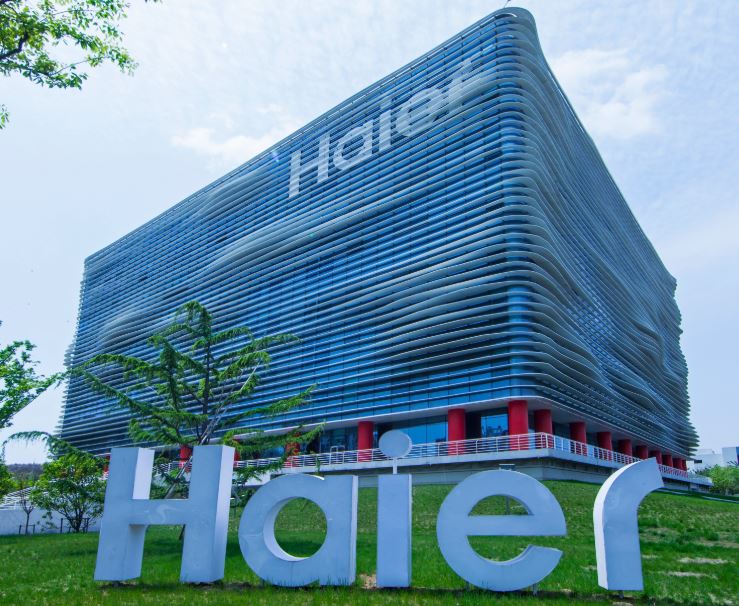With over 15% of the global large home appliance market share, Haier has quietly become a giant in the smart appliance sector. While you may be more familiar with brands like Samsung, LG, or Sony, Haier’s rise is a transformation model that every developing-country manufacturer should seriously consider.
For Indonesian electronics manufacturers, Haier’s story is not just a tale of brand success—it’s a practical guide: How does one grow from a local factory to a global powerhouse?
1. It All Started With "Smashing the Refrigerator": Awakening Quality Awareness
In 1985, Haier’s founder Zhang Ruimin discovered 76 defective refrigerators in the warehouse. He personally led employees to smash them with sledgehammers. This action shocked the entire factory and became a classic case in China's manufacturing history of putting quality above all.
Lesson: Indonesian manufacturers must fundamentally prioritize a culture of quality. Even if it requires short-term sacrifice, product reliability and customer trust must never be compromised.
2. Focus on High Quality, Avoid the "Price War"
Haier did not fall into the trap of low-price competition. Instead, it partnered with Germany’s Liebherr to bring in advanced technology and management systems, gradually forming a high-quality manufacturing process.
Lesson: Price advantages can always be replaced by new competitors, but quality and innovation create long-term competitiveness. Indonesian companies should shift towards brand value rather than price-cutting.
3. Localized Innovation: From "Potato-Washing Machines" to Smart Homes
In rural China, users used washing machines to clean potatoes. Rather than blaming them, Haier developed a washer specifically for washing vegetables, even releasing a detergent-free version.
Lesson: Indonesia has diverse and unique consumer behaviors. Manufacturers should adapt product design based on regional differences, embracing localized innovation.
4. Flattened Corporate Structure: Everyone Is an Entrepreneur
Haier’s “Rendanheyi” model positions each employee as an entrepreneurial unit—empowered to make independent decisions and iterate quickly, making the organization dynamic and customer-oriented.
Lesson: Indonesian firms can adopt this model to break down bureaucratic silos, empower the frontline, and encourage teams to operate like mini start-ups, responding faster to market demands.
5. From Manufacturer to Platform-Based Enterprise
Haier not only produces appliances but also built the U+ Smart Life Platform, enabling seamless connectivity between products and delivering a complete smart home ecosystem.
Lesson: Indonesian companies must accelerate their digital transformation, integrating IoT, mobile control, and data analytics into both products and services.
PLB (Bonded Logistics Center): Boosting Indonesia’s Electronics Industry
If Haier’s global expansion relied heavily on a highly efficient supply chain, then Indonesia’s manufacturers should not ignore the strategic value of PLBs (Pusat Logistik Berikat / Bonded Logistics Centers).
How can PLBs help the electronics sector?
-
Deferred Import Duties: Goods stored in PLBs are tax-exempt until they are withdrawn, easing cash flow pressure
-
Multi-Country Component Aggregation: Import parts from multiple countries, store centrally, and allocate flexibly
-
Tax-Free After Processing & Export: Goods re-exported from PLBs are exempt from duties
-
Real-Time Inventory Visibility: Improve transparency and inventory management efficiency
PLBs give Indonesian manufacturers a smarter, more flexible supply chain system, helping them gain competitiveness in the global market.
📞 Ready to Learn from Haier and Go Global?
Book your free consultation now and explore how PLBs can power your electronics brand onto the international stage!
Let me know if you’d like this text adapted for a brochure, website, or executive presentation!
